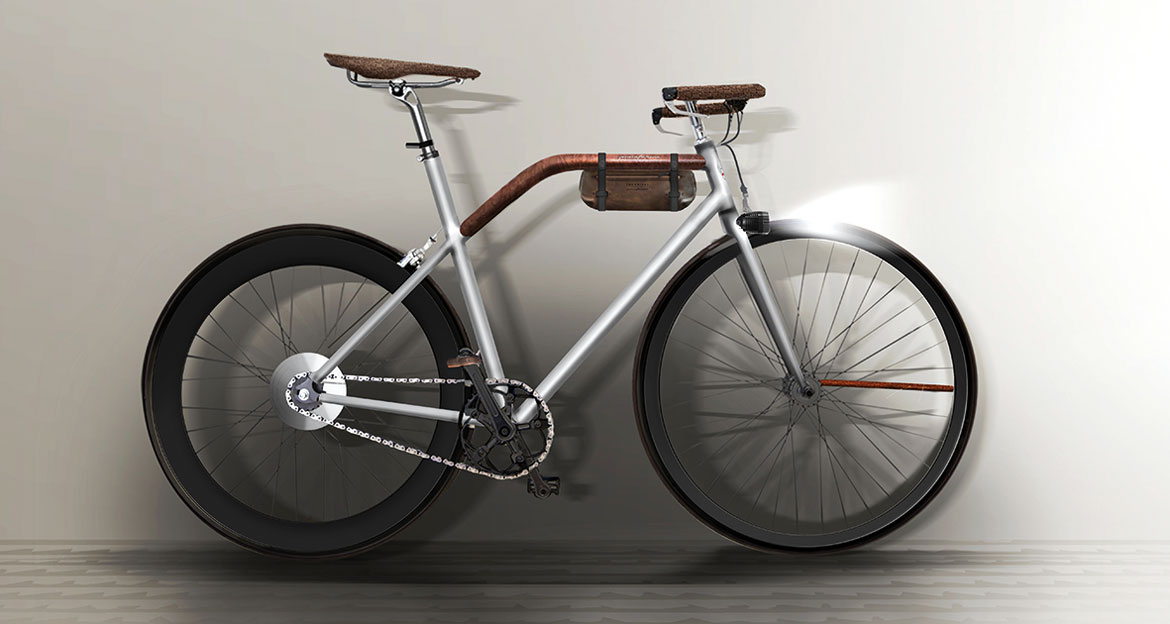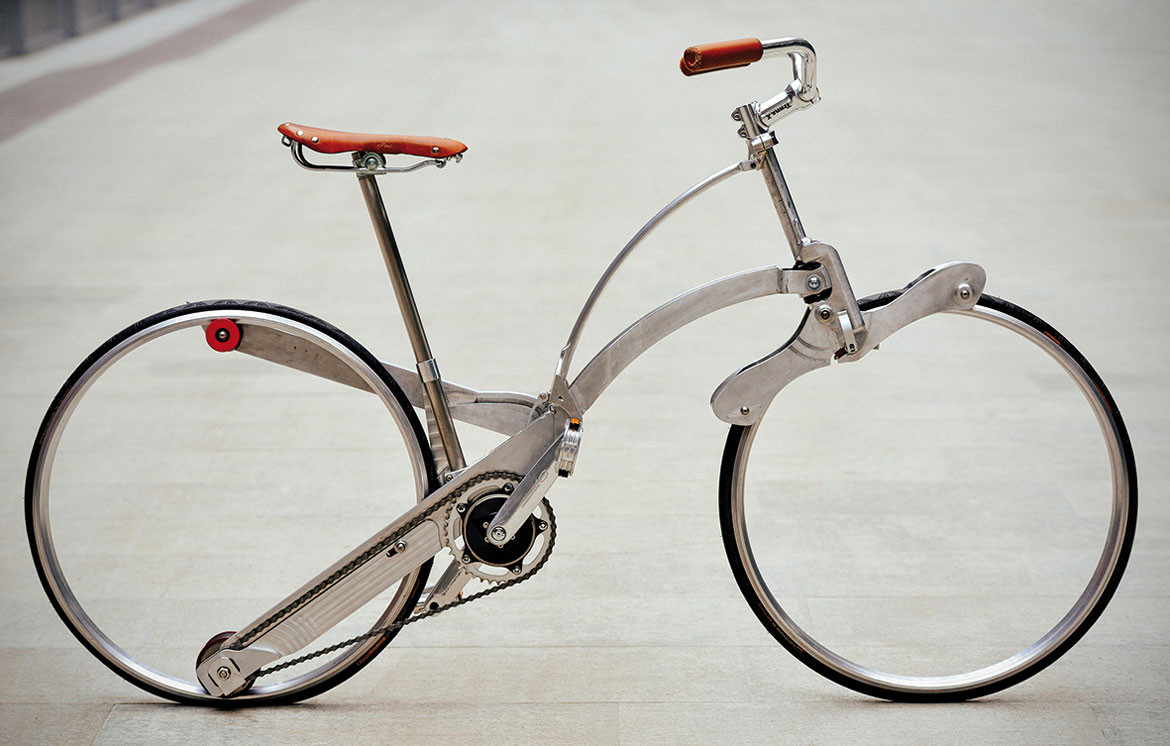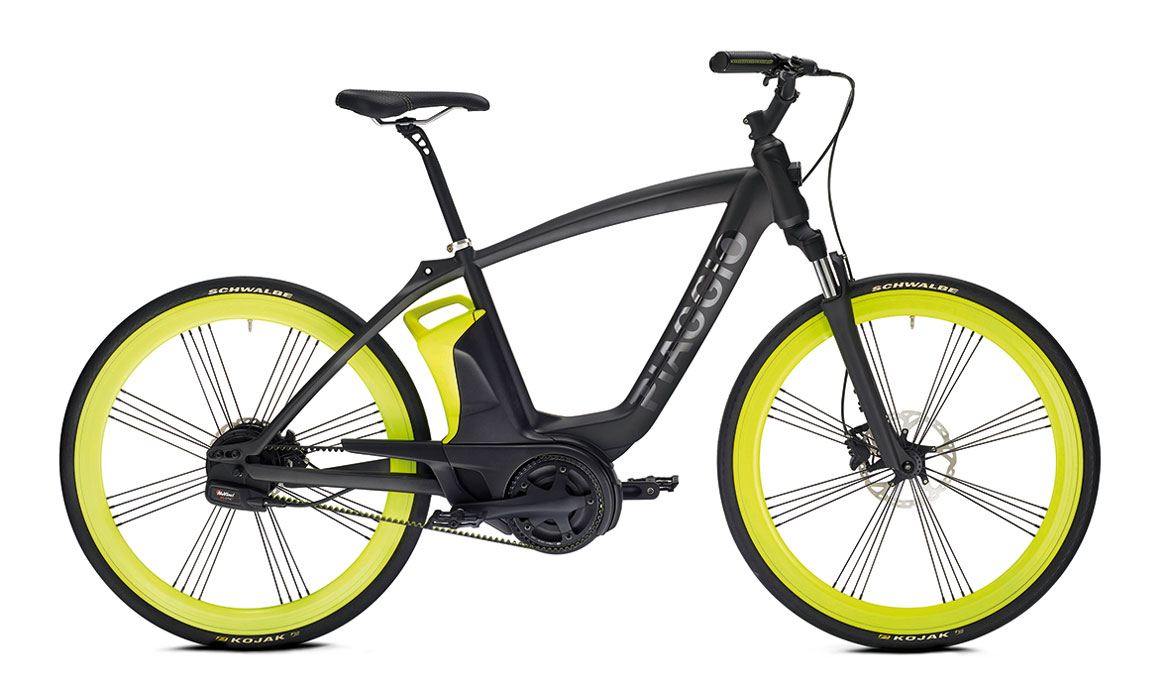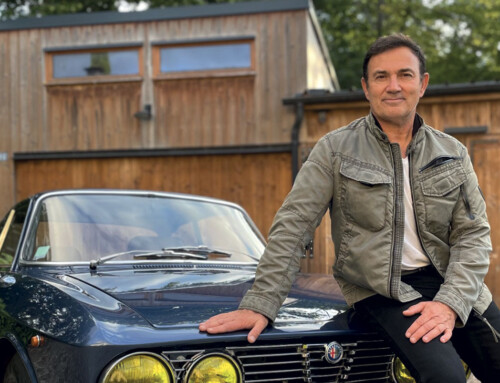Smart electric bikes, to leave the town traffic behind and bikes made of special materials, even tailor-made bikes like those of the past, for “gentle transfers”. They are a possible alternative to the car and they attract the attention of many designers. It is possibly linked to changing lifestyles – affecting all types of wishes and tastes –but the phenomenon is also due to a general, and necessary, rethinking of urban mobility. They are convinced of this at Ducati Energia, where the Free Duck 2 assisted pedal cycle project team is carrying out detailed research into eco-sustainable biking. The model proposed incorporates all the necessary mechanical and electronic elements into the rear wheel, which is designed as a separate device. This is sold separately and enables anyone to transform his own bike in just a few steps.

Drawing on the experience built up in this field in almost forty years, Piaggio tackles the question of electrically assisted pedal cycles with a superb model which, technologically speaking, offers exceptional performance thanks to its powerful engine, designed entirely around the pedal axis. Which makes it possible to use the vehicle in “fitness” mode, varying the contribution of the engine and the percentage of pedal assist based on the effort. Even the connection guaranteed by PMP technology, developed by the manufacturer, was designed to make the Piaggio Electric Bike not only an advanced example of urban mobility but also an intelligent and safe source of assistance and information on the road.

Talking of electric cycles, the latest edition of the Eurobike has been unveiled, a “special edition” by Giugiaro Design for the Dutch Gazzelle company which boasts over a century of experience in this field, and hopes to renew the stylistic elements of this type of vehicle through this collaboration. For the Gazzelle E-bike concept, which will be available in a limited number next year, the Italian term has worked on establishing a harmonious interaction between the various components. For example, the parts of the engine and the batteries are incorporated neatly into the frame; the basic reasoning is to allow the upper part to communicate characteristics of usability and comfort while the lower part embodies the most technological “bodywork”.

Special versions have also been developed for two well-known carmakers, Pininfarina and Alfa Romeo. The former has produced just thirty units of its bike as a tribute to the year of its foundation. The motorcycle is made entirely by craftsmen with parts in wood veneer, and woven leather for the saddle and handlebars. But do not be taken in by the retro look: the bike is equipped with options such as a miniaturised electric motor, special LED lights and a smartphone charger linked to the dynamo.
The sporty bicycle from the Alfa Romeo Style Centre manufactured by Compagnia Ducale is also built entirely by hand. The strong point of the design is the very light frame made of C-profile carbon fibre which adopts solutions present on the Alfa Romeo 4C, which is also celebrated in the stylistic elements of the frame, which sketch an upside-down four.
The article continues in Auto & Design no. 210











